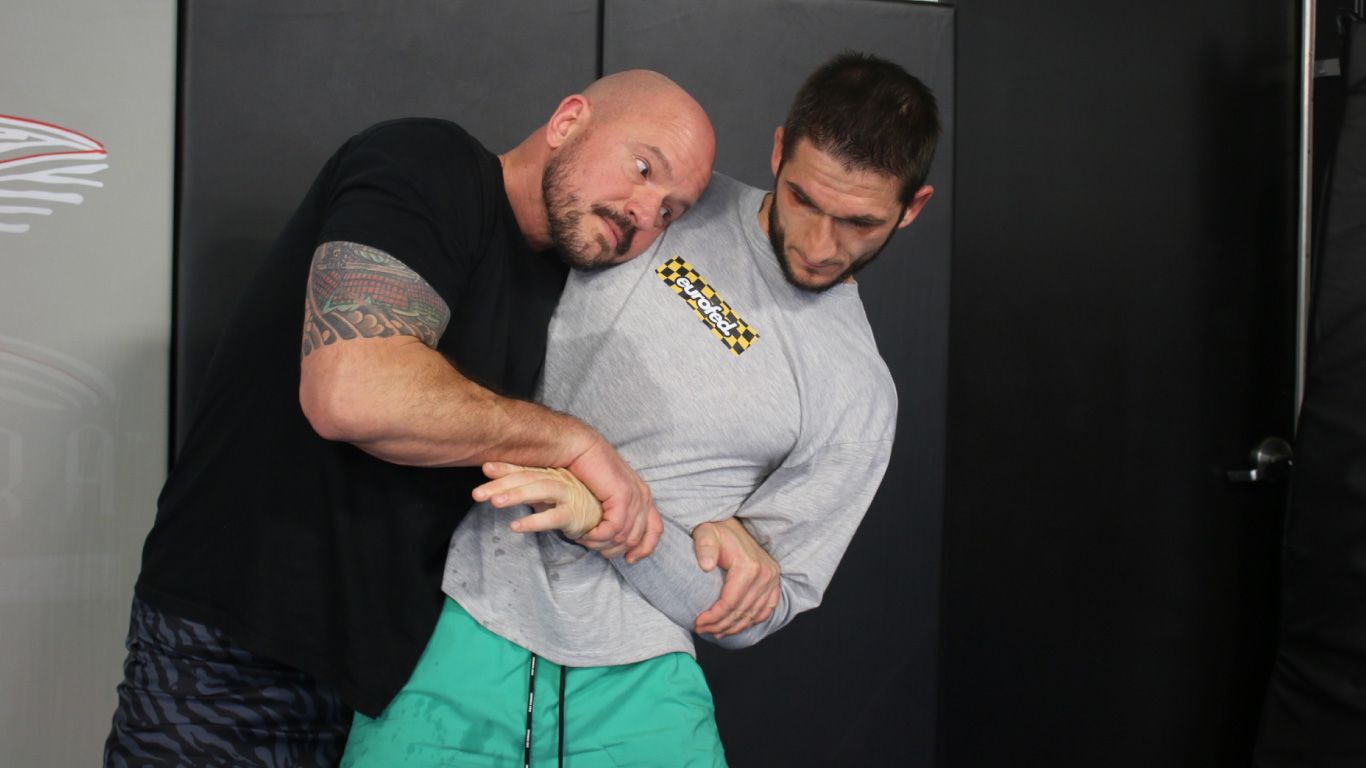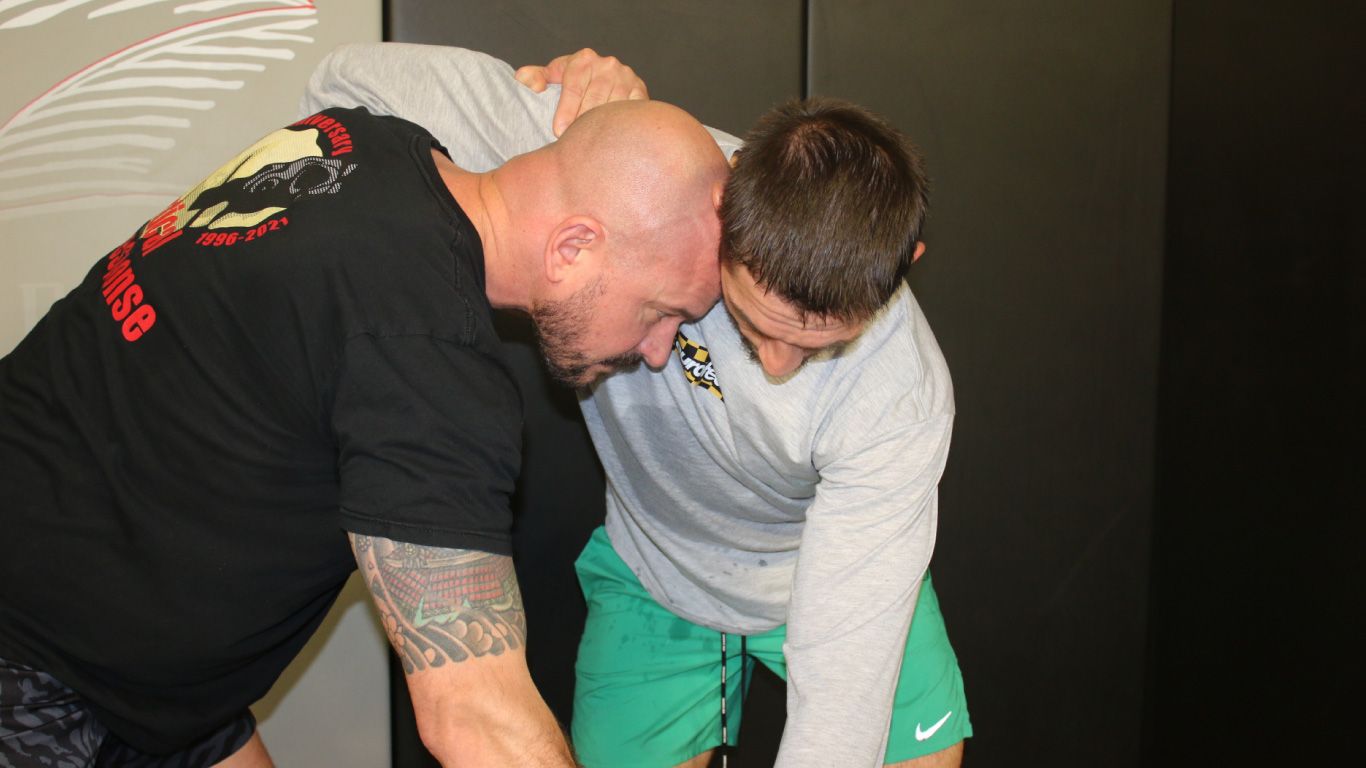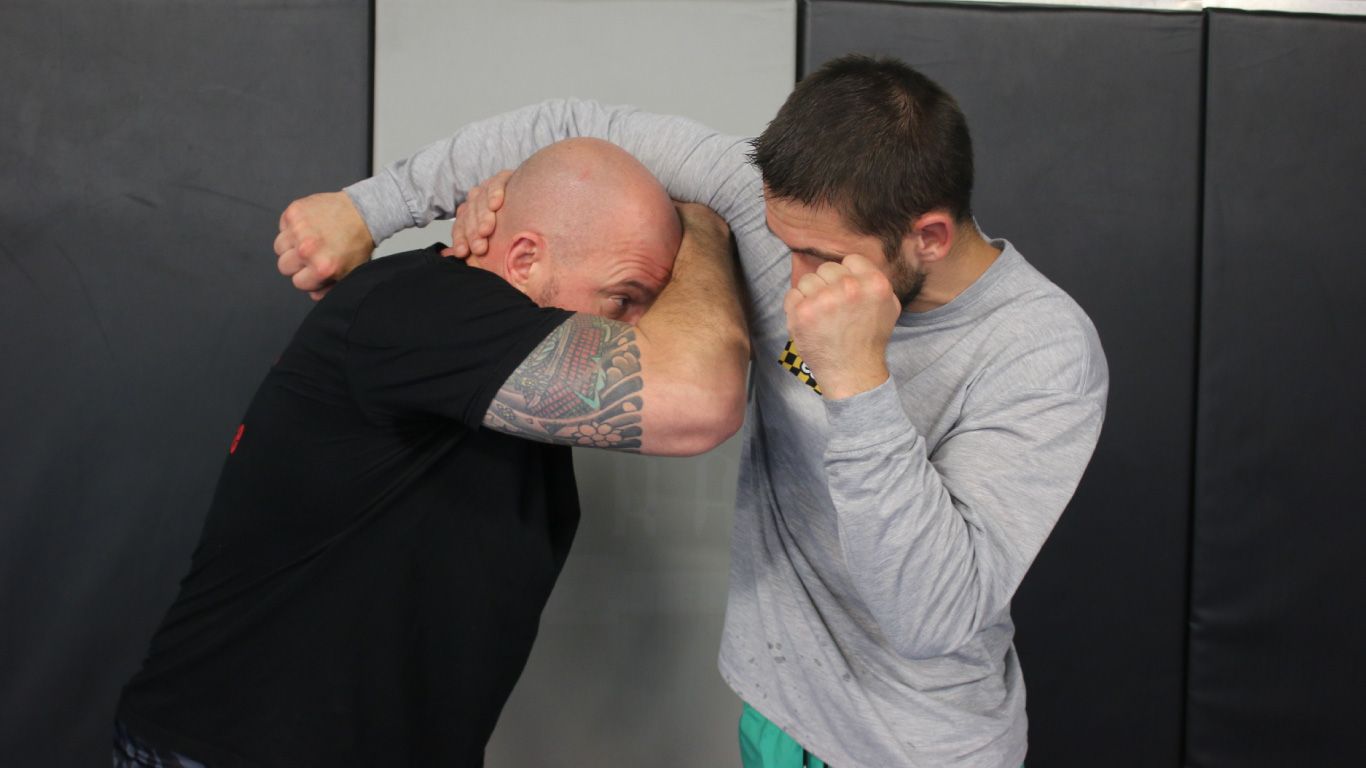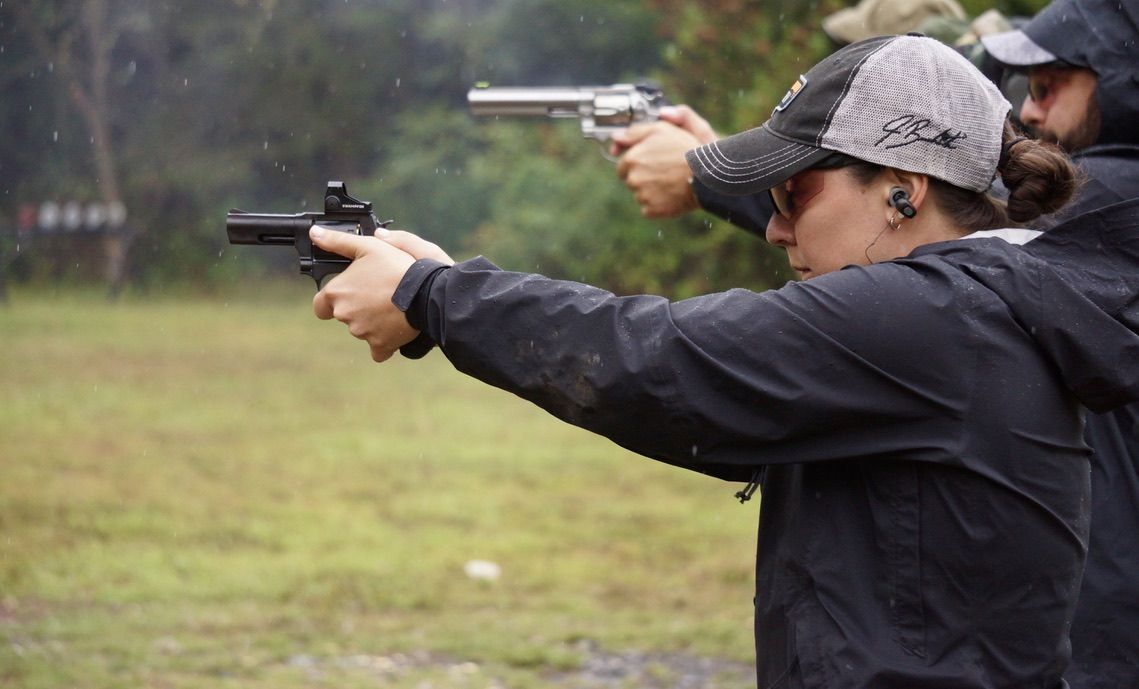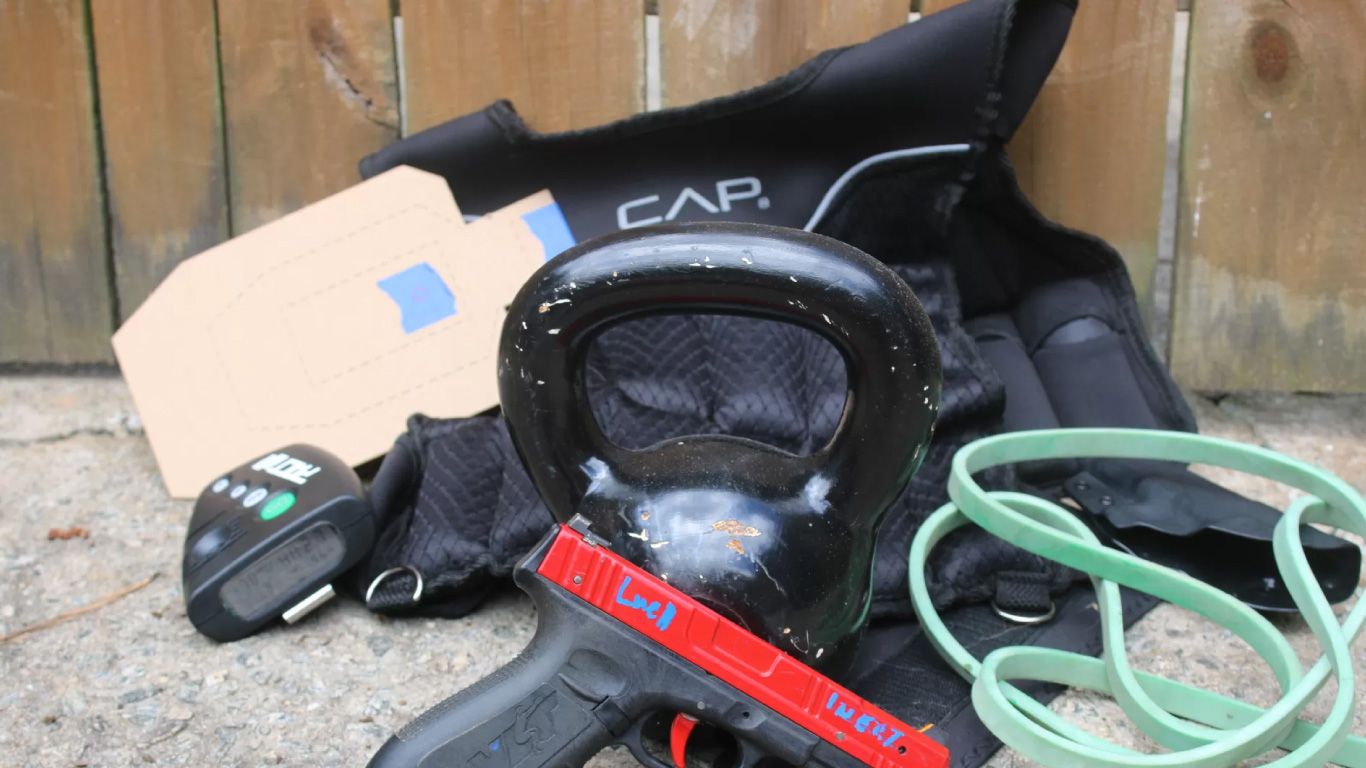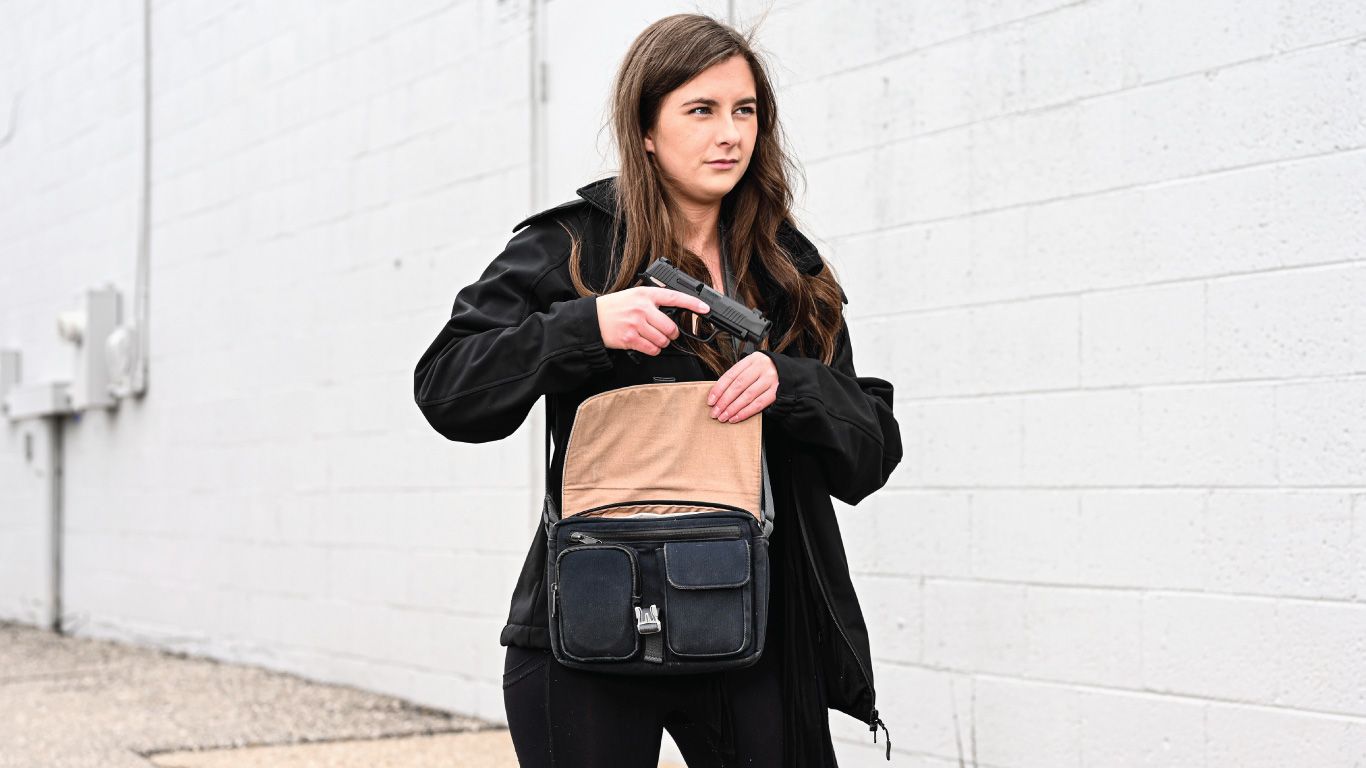Martial Arts vs Combat Sports
Finding the perfect martial art for self-defense can feel like an impossible task. Many people turn to disciplines like Krav Maga, Brazilian Jiu Jitsu (BJJ), Judo, Wrestling, Boxing, Muay Thai, and Mixed Martial Arts (MMA) as means of protecting themselves and their loved ones. Practicing a martial art offers practitioners several benefits, including fitness, practical empty-hand skills, community involvement, and self-confidence.
Unlike many Traditional Martial Arts, combat sports promote sparring, allowing the free exchange of techniques between uncooperative and competing partners. This dynamic exchange renders combat sports uniquely adaptable for self-defense purposes. In fact, martial artists who solely engage in the sportive aspect of these arts are already equipped with a skillset that should see them through most unarmed confrontations. However, with some minor adjustments in approach and focus, we can further improve our readiness for real life scenarios.
The Rules of the Martial Art
Every sport is inherently molded by its specific ruleset, and sportive techniques naturally evolve to conform to these rules. For instance, boxing confines striking to the use of hands alone, while judo prohibits leg grabs, striking, and joint locks. Consequently, when adapting a combat sport for street self-defense, it becomes important to define the "rules" governing a street altercation.
The term "rules" is used here loosely, since a street fight ultimately is a no-holds-barred event, but this thought-experiment guides the selection of techniques most useful in real-world encounters.
Considerations include the guarantee of an attack occurring on unforgiving terrain rather than padded mats, the possibility of the assailant initiating the assault with strikes or weapons under conditions most favoring them and least favoring you, the assault starting at conversational distance, and the potential presence of concealed weapons or multiple attackers.
Rules of Effective Martial Arts
With these "rules" in mind, it becomes feasible to tailor our training to better deal with street encounters. Here are some examples of adjustments to technique selection and emphasis:
- Avoid takedowns that involve going to the ground first or exposing your back during a throw.
- Emphasize disentanglement from grounded positions, with an emphasis on quickly standing, rather than conceding bottom positions.
- In stand-up positions, concentrate on striking defenses that allow entry to close-quarters engagement, enabling unanswerable strikes and immediate control over the opponent's arms or hands.
- In close quarters combat, concentrate on techniques that enable control of your opponent’s hands to slow their ability to strike or access concealed weapons.
- Develop proficiency in grip fighting across all positions, recognizing that unmonitored hands may seek weapons.
- Always maneuver to secure advantageous angles, employing footwork and techniques conducive to getting behind your opponent.
Above all, validate your techniques through live drills with resisting partners actively seeking to achieve their own wins. Use foam training weapons, safety equipment, and like-minded partners to pressure test your strategies. If a technique proves ineffective, analyze it and troubleshoot the underlying issues.
In the words of esteemed BJJ black belt Chris Haueter, "Think Street, Train Sport, and Practice the Art." While we cannot anticipate every potential danger, we can tilt the odds in our favor by understanding the problem and Doing the Work.

